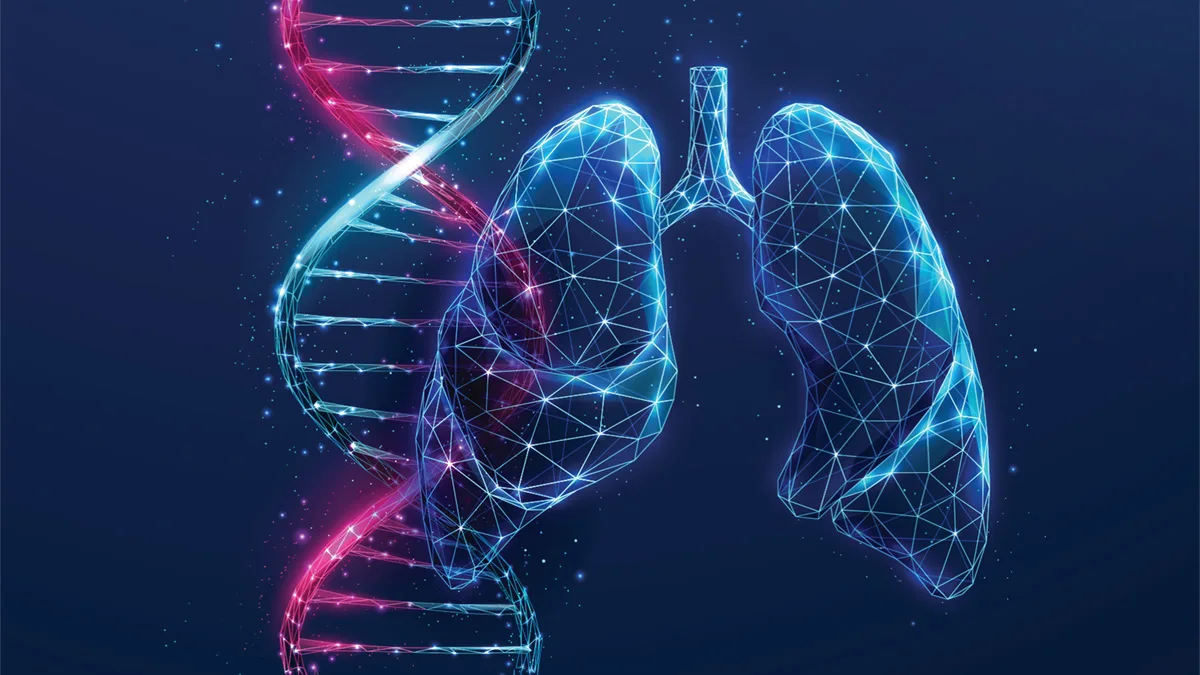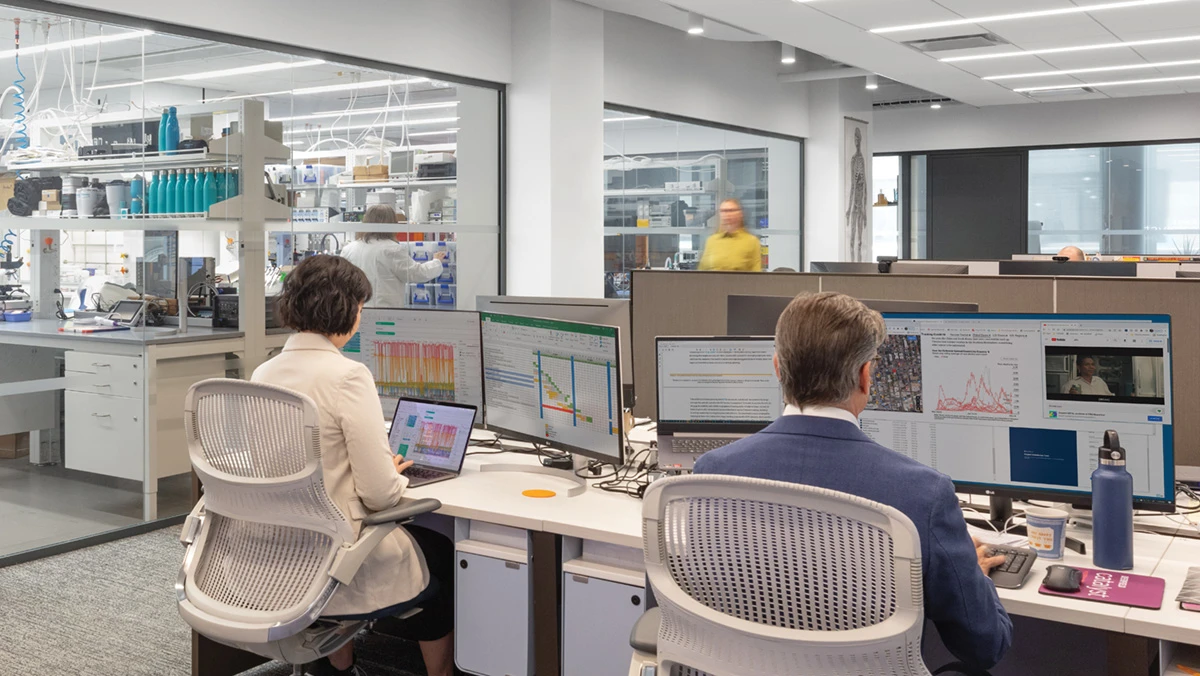March 18, 2025
Article
How Beam Therapeutics Success Could Drive Precision Medicine

Overview
Beam’s clinical trial is the first to report evidence that a base-editing therapy can rewrite a patient’s genetic code to correct a disease-causing mutation. This milestone now creates a path forward to treat other genetic diseases.
Novel IV Treatment Yields First-of-its-Kind Genetic Correction in Living Patients, Signaling New Era in Precision Medicine
In what scientists call a medical first, Cambridge-based Beam Therapeutics has successfully corrected a disease-causing genetic mutation in living patients, demonstrating a new approach for people with a rare but devastating condition that destroys both lungs and liver.
The clinical trial showed that a single intravenous treatment fixed a specific genetic error that causes alpha-1 antitrypsin deficiency (AATD), a disorder affecting approximately 100,000 Americans. Most importantly, the correction worked – patients began producing the healthy protein they had been missing their entire lives.
"This represents the first clinical evidence of precise correction of a disease-causing mutation by rewriting the genetic code," said John Evans, chief executive officer of Beam, in a news release.
A Technical Achievement in Genetic Medicine with Real-World Impact
AATD occurs when both copies of a person's alpha-1 antitrypsin gene contain a specific mutation. This tiny error – essentially a single letter typo in their genetic code – prevents their bodies from producing functional alpha-1 antitrypsin protein, which protects lungs from damage.
Without this protection, patients often develop emphysema at relatively young ages. At the same time, the mutated protein accumulates in liver cells, potentially causing liver damage, cirrhosis and even liver cancer.
Current treatments only address the lung symptoms through weekly protein replacement infusions, but don't stop disease progression or help the liver.
Beam's approach, called base editing, works like a molecular pencil to change a single letter in the DNA code. The treatment delivers the editing machinery to the liver inside tiny fat bubbles called lipid nanoparticles. Once there, it corrects the mutation in liver cells, enabling them to produce the correct, functional protein.
“We are seeing "correction" of the disease with a one-time therapy,” Jefferies analysts wrote in a note to investors. “Safety is clean too, which is [important] to de-risk the technology.”
Noel "Gerry" McElvaney, MD, Professor of Medicine at Ireland's Royal College of Surgeons who worked on the trial, said the results are something never seen before in genetic lung disease.
“These data represent a major breakthrough in the area of AATD, offering, for the first time ever, an opportunity to simultaneously treat the lung and liver disease associated with the condition by targeting the root cause and the potential for a cure from a single therapeutic administration,” he said in the Beam news release.
The Data Behind the Beam's Novel Approach
The Phase 1/2 trial treated nine patients across three different dose levels. Each patient received a single IV infusion of the treatment, called BEAM-302, which was well-tolerated with only mild side effects.
The results showed dose-dependent increases in functional protein. At the highest dose tested, patients' protein levels on average exceeding the threshold considered protective against disease progression. The treatment also reduced the harmful mutant protein by up to 78 percent in one patient.
What makes this approach particularly promising is that the corrected gene remains under the body's natural control. This means protein levels can increase naturally during infections or inflammation – exactly when patients need it most – something current replacement therapies can't do.
Alpha-1 Patient Community Reacts
"The positive initial data represents an innovative medical breakthrough that gives patients suffering from Alpha-1 Antitrypsin Deficiency hope and promise that a novel and effective treatment is on the horizon," said Scott Santarella, CEO of the Alpha-1 Foundation, a patient advocacy organization, in a statement.
Many patients with AATD currently rely on weekly infusions of alpha-1 protein derived from human plasma to slow lung damage. However, these treatments are expensive, inconvenient and don't address the liver component of the disease.
The Beam trial results now advance the possibility of a one-time treatment that could potentially eliminate the need for lifelong infusions while also preventing liver complications.
Impact Beyond AATD to Other Genetic Diseases
The early success of this program holds significance for those living with thousands of other genetic disorders caused by single-letter mutations that could theoretically be corrected with similar approaches.
"This opens the door for treating many other genetic diseases with base editing," Evans said in the Beam news release.
Unlike older gene editing technologies that cut DNA and rely on the cell's repair mechanisms, base editing makes precise changes without breaking DNA strands. This approach potentially offers improved safety and accuracy.
Beam is now continuing the dose-escalation portion of the trial, including enrolling and dosing a fourth, higher-dose cohort. The company expects to report more comprehensive data in the second half of 2025.
Additionally, Beam plans to begin treating patients who already have liver complications from AATD later this year, which is a crucial test of whether the therapy can help those with more advanced disease.
"With a simple intravenous infusion, promising safety profile, sustainable increase of total protein above the therapeutic threshold, and rapid reduction in toxic mutant protein, we believe BEAM-302 has the potential to be a transformative therapy that could treat the entire spectrum of disease manifestations,” Beam’s Evans said in the release.





